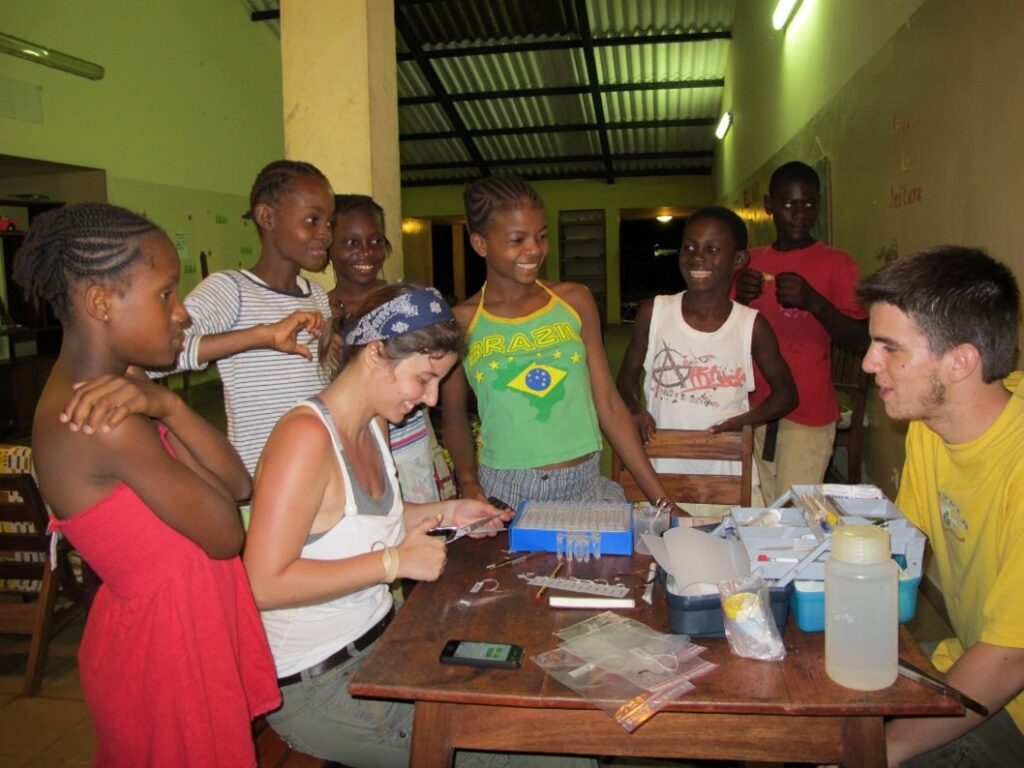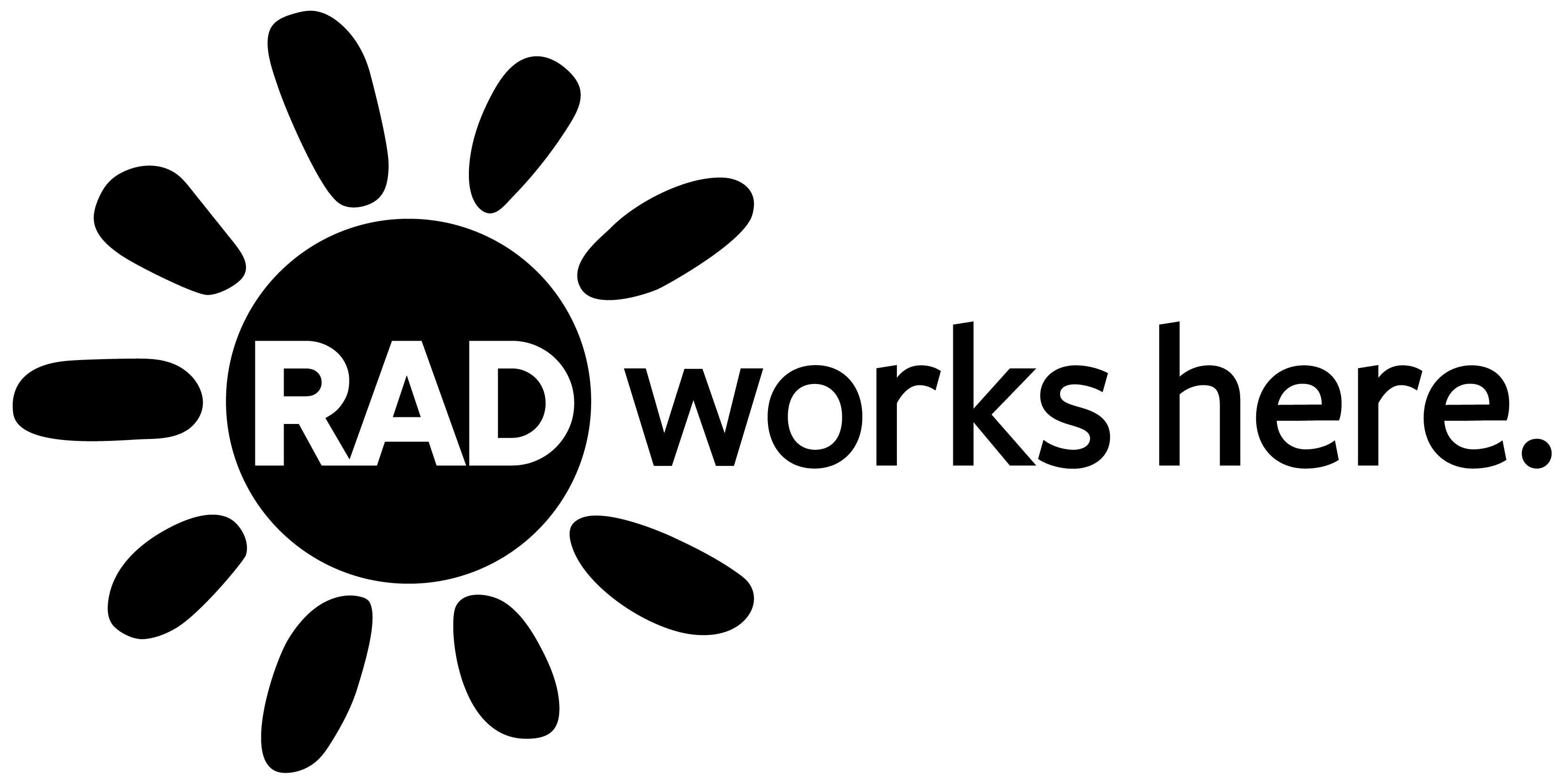Introducing Mariana Marques, the New Collection Manager for the Section of Amphibians and Reptiles
by Mariana Marques

I’m not sure when I first entered in a natural history museum, but I know that these establishments have always been my favorite places to visit. I did my bachelor’s degree in biology in the University of Évora, a small and picturesque town in southern Portugal surrounded by one of the most biodiverse habitats of the Iberian Peninsula, the unique savanna-like ecosystem known as the “montado.” In the intervals between classes, I loved to go look for the critters that surrounded the university field station where most of my classes were held. I was lucky enough to be in one of the places with the highest diversity of amphibians and reptiles in the country, and in a natural and unspoiled area which meant that I could easily see good numbers of these animals. Being able to handle and study these animals in the field woke up my passion for herpetology, and I decided that I wanted to become a herpetologist.
I started to collaborate on projects in herpetology, and I was lucky enough to visit the outstanding collections of the Natural History Museum of Paris while I was an undergraduate. Most of the projects I was participating in had a strong taxonomic focus, and therefore specimens were the basis of my research. I had become specialized in measuring snout-vent length, counting scales, and describing the coloration of preserved lizards, frogs, and snakes from across the world. With these, I started to better understand the importance of historical labels, catalog numbers, old publications citing these specimens, and modern databases.
My path turned to Africa during master’s thesis work as I started working with the poorly known fauna of two Portuguese-speaking countries on the continent: Angola, in southwestern Africa, and São Tomé & Príncipe, an island nation in the Gulf of Guinea. For this work, I learned another new skill: specimen collecting. As an apprentice naturalist, I learned where to find species of interest, how to collect them safely, and how to prepare and fix them to become museum specimens. These new experiences gave me an increased appreciation of our collections and their importance. As an MSc and PhD student, I described species new to science, and catalogued and mapped herp diversity to support their conservation.

Photo by: Luis M.P. Ceríaco, 2015.
Although I’ve visited many collections in Europe, Africa, and the US (including CMNH!), I was mostly based in Portugal. The Portuguese collections had suffered considerable neglect which made most of them almost unusable. However, taxonomists need collections, so together with colleagues, I embarked on the mission of rescuing those collections to make them accessible and usable for researchers. Through this process I learned how a collection should be housed, and best practices for collection management and care. I became a collections manager!

Currently, while I still love to do research, participate in fieldwork, and describe new species, I love to be taking care of specimens in old jars, making them accessible to researchers and to the public, telling stories about them, and ensuring they are preserved for generations to come. Natural history collections, such as the one we have at Carnegie Museum of Natural History, are fundamental tools for science and conservation, and new promising technologies are showing us that their potential is far beyond my traditional snout-vent length measuring and scale counting.
Becoming the Collection Manager of the Section of Amphibians and Reptiles of Carnegie Museum of Natural History is both a challenge and an honor. And what I find more curious about it, is that in 2018, when I visited the museum and used its collections for my own research, I remember saying to myself: this is a city where I could see myself living!

Mariana Marques is Collection Manager of Amphibians and Reptiles at Carnegie Museum of Natural History.
Related Content
A Deep Look Inside Reptiles and Amphibians
Sharing a City Park with a Resident Reptile
Is This What They Call Overkill? Toxin and Venom in the Herp World
Carnegie Museum of Natural History Blog Citation Information
Blog author: Marques, MarianaPublication date: June 23, 2023
